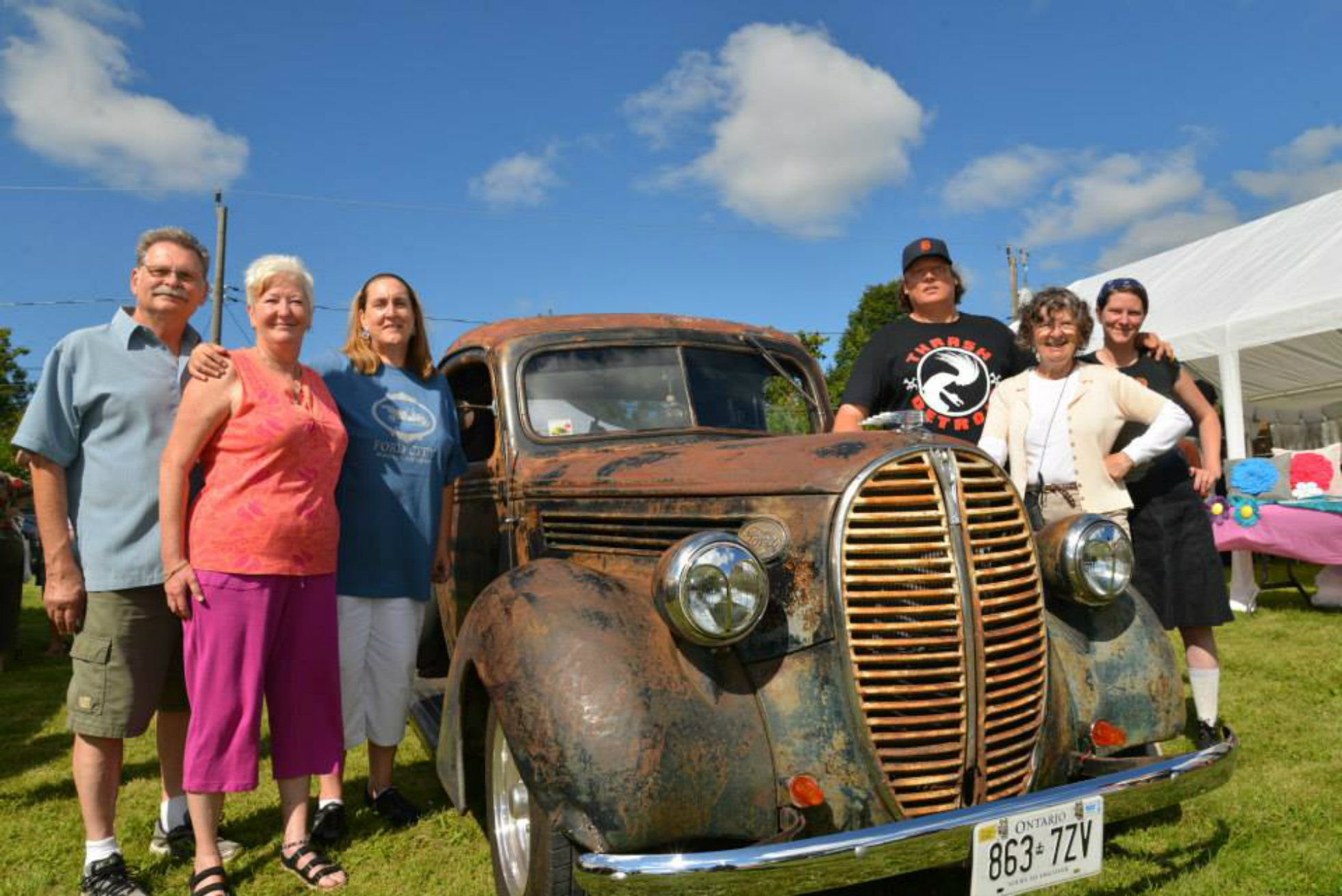
Ford City Walking Tour
The area known as Ford City developed out of a French parish, Notre Dame du Lac, founded in 1884 on land donated by Francois Drouillard. The church, now named Our Lady of the Rosary ( a.k.a. Holy Rosary), was built in 1908 to replace the original structure which had burned a year earlier.
William McGregor (1836-1903) began his business life as a horse dealer supplying the Union Army in the Civil War. His son, Gordon Morton McGregor, became the Wagon Works president and, thanks to Henry Ford’s vision, became head of the fledgling Ford Motor Company of Canada in 1904.
As Ford Motor Company grew, the surrounding area became a boom town. By 1913, there were 1400 employees earning $4. per hour. That year, the village was incorporated. In 1915, it achieved town status.
Unlike its orderly neighbour, Walkerville, Ford City grew haphazardly with little regard for planning. In 1928-29, with 16,000 residents, many of whom came from central European countries to join the Ford work force, Ford City was incorporated as East Windsor.
Ford Motor Company flourished throughout World War II, producing heavy trucks for the European theatre. But the end of the war brought labour unrest and, in the fall of 1945, a major strike stilled the auto plant for what has become the legendary ’99 Days’. The resulting agreement, called the Rand Formula after the arbitrator who designed it, was less than universally welcomed, but it set the tone for future development of trade unions and the role of management.
The removal of the Ford head office and assembly plant to Oakville, near Toronto, occurred in 1953-54. Ford City declined as the population dispersed, and little is left now of the town that Ford built.
